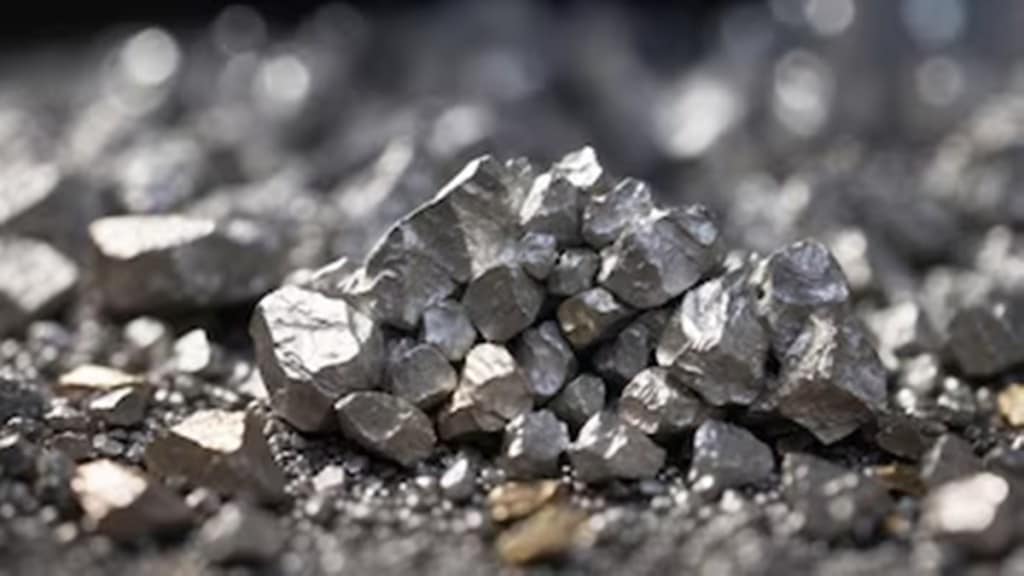By Arun Misra
Three global trends have the potential to shape the future of our planet: push for green energy, speedy adoption of digital technologies, and demand for sustainable infrastructure. Among the many forces shaping our future, the transition to clean energy stands out as a defining challenge as well as opportunity of our times. It will combat climate change and enable long-term economic resilience. However, achieving this shift to clean energy depends on continuous innovation and reliable access to the resources that power green technologies. With the London Metal Exchange planning to introduce green premium, we are at the epicentre of innovative and sustainable production. By producing metals more responsibly, we can enable a net-zero supply chain, helping to power industries—and the world—toward a cleaner future.
As the world accelerates efforts to build sustainable and low-carbon economies, critical metals such as Zinc and Silver are central to the energy transition and assume significant importance. The International Energy Agency (IEA) projects that the world will add more than 5,500 gigawatts (GW) of new renewable energy capacity between 2024 and 2030—almost three times the increase seen between 2017 and 2023. In 2024, this would roughly equal the combined power capacity of China, the European Union, India, and the United States.
Zinc – A key enabler of resilient clean energy infrastructure
Zinc, long valued for its anti-corrosive properties, is finding increasing applications in various areas, including renewable energy infrastructure. Zinc coatings extend the lifespan of wind turbines and solar structures by preventing rust formation, reducing maintenance needs, and corresponding costs.
Beyond galvanisation, Zinc is also emerging as a crucial metal for energy storage – a key component of the global energy transition. While lithium has historically been the preferred mineral for energy storage, Zinc-based batteries can offer an alternative, owing to its safety, cost-efficiency, and resource availability.
Zinc batteries are more stable and less prone to fire or explosion hazards, making them safer for a variety of applications. They offer several advantages, like providing long storage durations ranging from 3 to 72 hours, operating effectively across a wide temperature range, and offering a projected lifespan of up to 20 years. These characteristics make Zinc batteries suitable for India’s renewable energy storage needs.
According to research firm Wood Mackenzie, Zinc consumption by the solar energy sector alone is expected to double from 0.4 million tonnes in 2020 to 0.8 million tonnes in 2030 in a net-zero scenario. Overall, Zinc demand from the renewables sector is expected to reach 1.3 million tonnes by 2050. Simultaneously, energy storage systems are projected to consume 790,000 tonnes (0.79 million tonnes) of Zinc annually (from negligible levels currently)—a transformative shift for the industry. To meet this demand, the global metals sector will need to develop over 13.8 million tonnes of new Zinc capacity by 2050, especially as over 60% of the current production is expected to be phased out in the coming decades.
Silver – A critical metals for the solar economy
Silver is another essential mineral that has enabled the transition to clean energy worldwide. Globally, advancements in high-efficiency solar cell technologies such as Tunnel Oxide Passivated Contact (TOPCon) and Heterojunction (HJT) have increased Silver’s importance in solar manufacturing. Demand for Silver in solar panels could surge by nearly 170% by 2030, based on BloombergNEF’s estimate of 12 tonnes of Silver per gigawatt of solar capacity. Based on trend projections, this increase would amount to about 273 million ounces of Silver, constituting roughly one-fifth of the total global Silver demand. The metal also plays a significant role in emerging technologies such as EVs, 5G, nanotechnology, biotechnology, healthcare, energy in data centres, and next-generation consumer electronics and wearables. These areas are poised for rapid growth in India’s current manufacturing ecosystem.
Realising the full potential of the global energy transition will require more than just technological innovation. Proactive investment in critical metals value chains, efforts to secure reliable supply, and developing robust ecosystems around these minerals will be essential enablers. Countries and companies that can responsibly source, process, and deploy Zinc and Silver will hold a decisive advantage in building resilient green economies. As one of the world’s leading producers of Zinc and with significant potential to expand Silver production, India is uniquely positioned to lead this transformation, advancing its own clean energy ambitions while contributing.
The writer is CEO & Wholetime Director, Hindustan Zinc Limited.
Disclaimer: Views expressed are personal and do not reflect the official position or policy of FinancialExpress.com. Reproducing this content without permission is prohibited.

